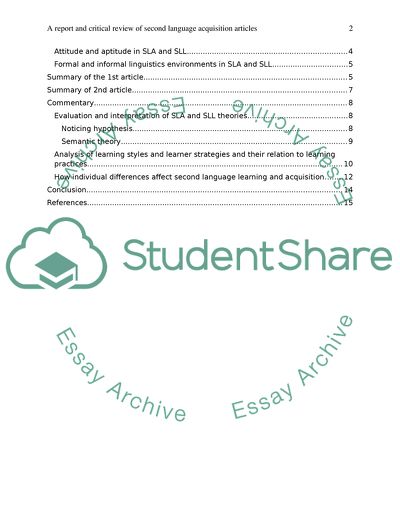Cite this document
(Second Language Acquisition Literature review Example | Topics and Well Written Essays - 3250 words, n.d.)
Second Language Acquisition Literature review Example | Topics and Well Written Essays - 3250 words. https://studentshare.org/humanitarian/1855193-a-report-and-critical-reviewof-two-articles
Second Language Acquisition Literature review Example | Topics and Well Written Essays - 3250 words. https://studentshare.org/humanitarian/1855193-a-report-and-critical-reviewof-two-articles
(Second Language Acquisition Literature Review Example | Topics and Well Written Essays - 3250 Words)
Second Language Acquisition Literature Review Example | Topics and Well Written Essays - 3250 Words. https://studentshare.org/humanitarian/1855193-a-report-and-critical-reviewof-two-articles.
Second Language Acquisition Literature Review Example | Topics and Well Written Essays - 3250 Words. https://studentshare.org/humanitarian/1855193-a-report-and-critical-reviewof-two-articles.
“Second Language Acquisition Literature Review Example | Topics and Well Written Essays - 3250 Words”. https://studentshare.org/humanitarian/1855193-a-report-and-critical-reviewof-two-articles.


